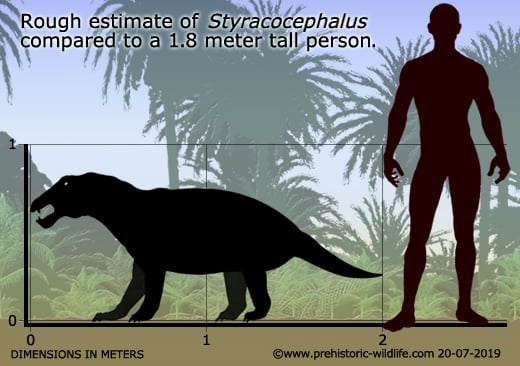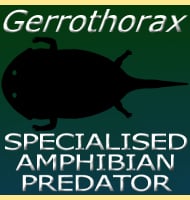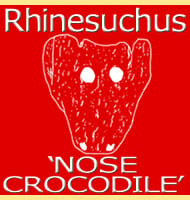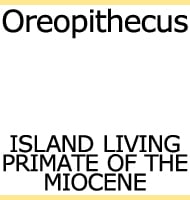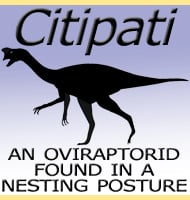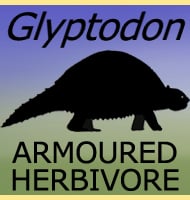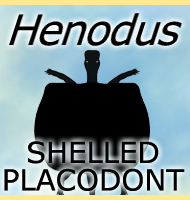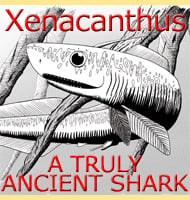In Depth
Not to be confused with the ceratopsian dinosaur Styracosaurus, Styracocephalus was a theraspid herbivore from what is now South Africa. At four and a half meters long, it was only slightly smaller than the more famous Moschops, but still appears to have had a similar lifestyle browsing upon vegetation.
The most recognisable feature of Styracocephalus is the head crest which was quite an elaborate display device for its time. This feature seems to have differed between individuals, and is thought to have been used for the purposes of both species recognition and mate selection, with the most developed crest presumably belonging to the most worthy individuals.
Styracocephalus possessed a set of crushing teeth as well as a toothed palate for processing the vegetation of the Permian period. However Styracocephalus still had conical canine teeth in the front of its mouth, perhaps as a throwback to a carnivorous ancestry. These canine teeth may still have served an important purpose for a herbivore, perhaps to grip and pull up plant roots from the ground, plant parts that would require the crushing teeth and grinding palate further back in the mouth.
Further Reading
– On some new therapsid genera. – Annals of the South African Museum 28:55-78. – S. H. Haughton – 1929
